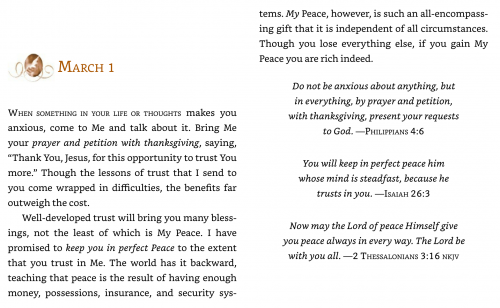How Difficult It Is to See Clearly
Every viewpoint is a view from a point. Unless we recognize and admit our own personal and cultural viewpoints, we will never know how to decentralize our own perspective. We will live with a high degree of illusion and blindness that brings much suffering into the world. I think this is what Simone Weil (1909–1943) meant in saying that the love of God is the source of all truth. [1] Only an outer and positive reference point utterly grounds the mind and heart.
One of the keys to wisdom is that we must recognize our own biases, our own addictive preoccupations, and those things to which, for some reason, we refuse to pay attention. Until we see these patterns (which is early-stage contemplation), we will never be able to see what we do not see. No wonder that both Socrates (c. 470–399 BCE) and Saint Teresa of Ávila (1515–1582) declared self-knowledge to be the first and necessary entrance way to wisdom. [2] Without such critical awareness of the small self, there is little chance that any individual will produce truly great knowing or enduring wisdom.
Everyone sees the world from a certain, defined cultural perspective. But people who have done their inner work also see beyond their own biases to something transcendent, something that crosses the boundaries of culture and individual experience.
People with a distorted image of self, world, or God will be largely incapable of experiencing what is really real in the world. They will see things through a narrow keyhole. They’ll see instead what they need reality to be, what they’re afraid it is, or what they’re angry about. They’ll see everything through their aggressiveness, their fear, or their agenda. In other words, they won’t see it at all.
That’s the opposite of contemplatives, who see what is, whether it’s favorable or not, whether it meets their needs or not, whether they like it or not, and whether or not that reality causes weeping or rejoicing. Most of us will usually misinterpret our experience until we have been moved out of our false center. Until then, there is too much of the self in the way.
We all play our games, cultivating our prejudices and our unredeemed vision of the world. Thomas Aquinas (1225–1274) and other scholastics said that all people choose as objective good something that merely appears good to them, foreseeing the postmodern critique by 700 years. No one willingly does evil. Each of us has put together a construct by which we explain why what we do is necessary and good. This is the specialty of the ego, the small or false self that wants to protect its agenda and project itself onto the public stage. [3] We need support in unmasking our false self and in distancing ourselves from our illusions. For this it is necessary to install a kind of “inner observer.” Some people talk about a “fair witness.” At first that sounds impossible, but with patience and practice, it can be done and even becomes quite natural.

Recognizing Our Biases
CAC faculty member Brian McLaren has done thoughtful and helpful research about what makes us see things so differently from one another. He identified thirteen biases that we outline today. Being a former pastor and an excellent communicator, Brian found a way to make these complex ways of seeing simple and memorable. He writes:
People can’t see what they can’t see. Their biases get in the way, surrounding them like a high wall, trapping them in ignorance, deception, and illusion. No amount of reasoning and argument will get through to them, unless we first learn how to break down the walls of bias. . . .
Confirmation Bias: We judge new ideas based on the ease with which they fit in with and confirm the only standard we have: old ideas, old information, and trusted authorities. As a result, our framing story, belief system, or paradigm excludes whatever doesn’t fit.
Complexity Bias: Our brains prefer a simple falsehood to a complex truth.
Community Bias: It’s almost impossible to see what our community doesn’t, can’t, or won’t see.
Complementarity Bias: If you are hostile to my ideas, I’ll be hostile to yours. If you are curious and respectful toward my ideas, I’ll respond in kind.
Competency Bias: We don’t know how much (or little) we know because we don’t know how much (or little) others know. In other words, incompetent people assume that most other people are about as incompetent as they are. As a result, they underestimate their [own] incompetence, and consider themselves at least of average competence.
Consciousness Bias: Some things simply can’t be seen from where I am right now. But if I keep growing, maturing, and developing, someday I will be able to see what is now inaccessible to me.
Comfort or Complacency Bias: I prefer not to have my comfort disturbed.
Conservative/Liberal Bias: I lean toward nurturing fairness and kindness, or towards strictly enforcing purity, loyalty, liberty, and authority, as an expression of my political identity.
Confidence Bias: I am attracted to confidence, even if it is false. I often prefer the bold lie to the hesitant truth.
Catastrophe or Normalcy Bias: I remember dramatic catastrophes but don’t notice gradual decline (or improvement).
Contact Bias: When I don’t have intense and sustained personal contact with “the other,” my prejudices and false assumptions go unchallenged.
Cash Bias: It’s hard for me to see something when my way of making a living requires me not to see it.
Conspiracy Bias: Under stress or shame, our brains are attracted to stories that relieve us, exonerate us, or portray us as innocent victims of malicious conspirators. [1]
